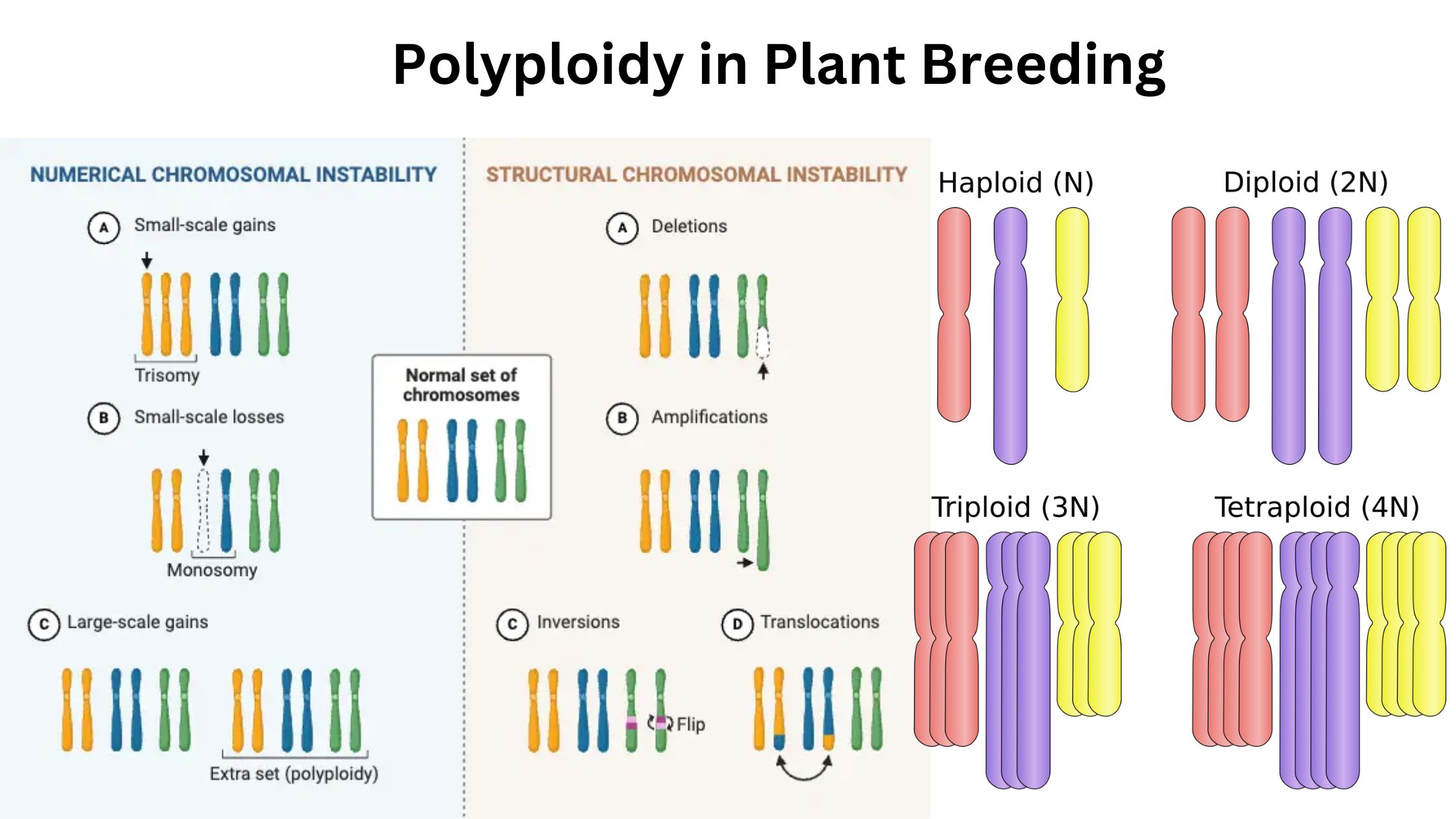Copyrights – Definition, Objective, Terms, Rights, Registration, Transfer
What is Copyright? Definition of Copyright Copyright is a legal right that grants creators exclusive control over the use, reproduction, distribution, and performance of their original works for a limited time. Exclusive Copyright Rights Exclusive copyright rights encompass a set of specific entitlements granted to the copyright owner. These rights enable the owner to control … Read more









